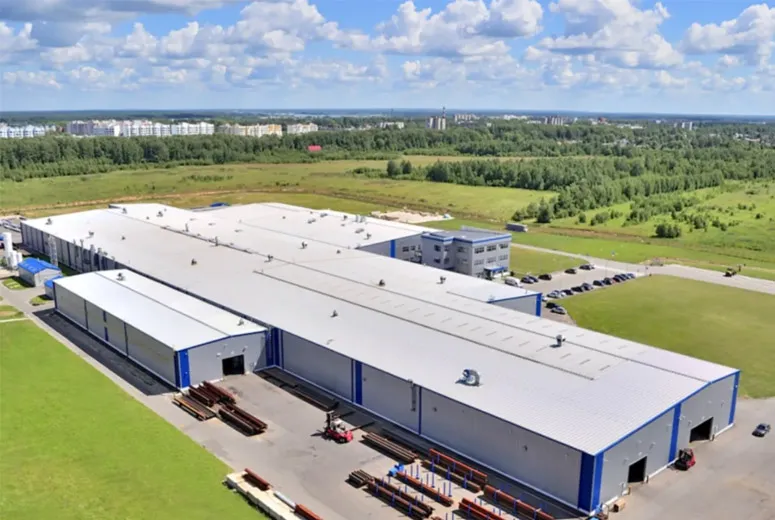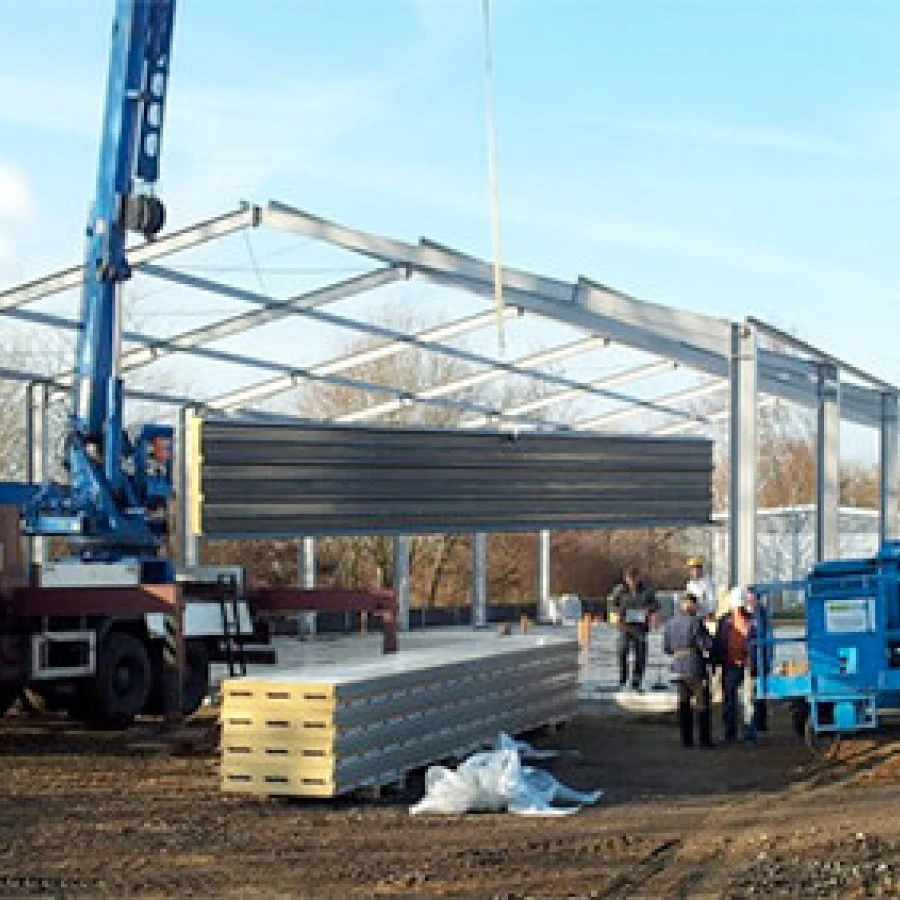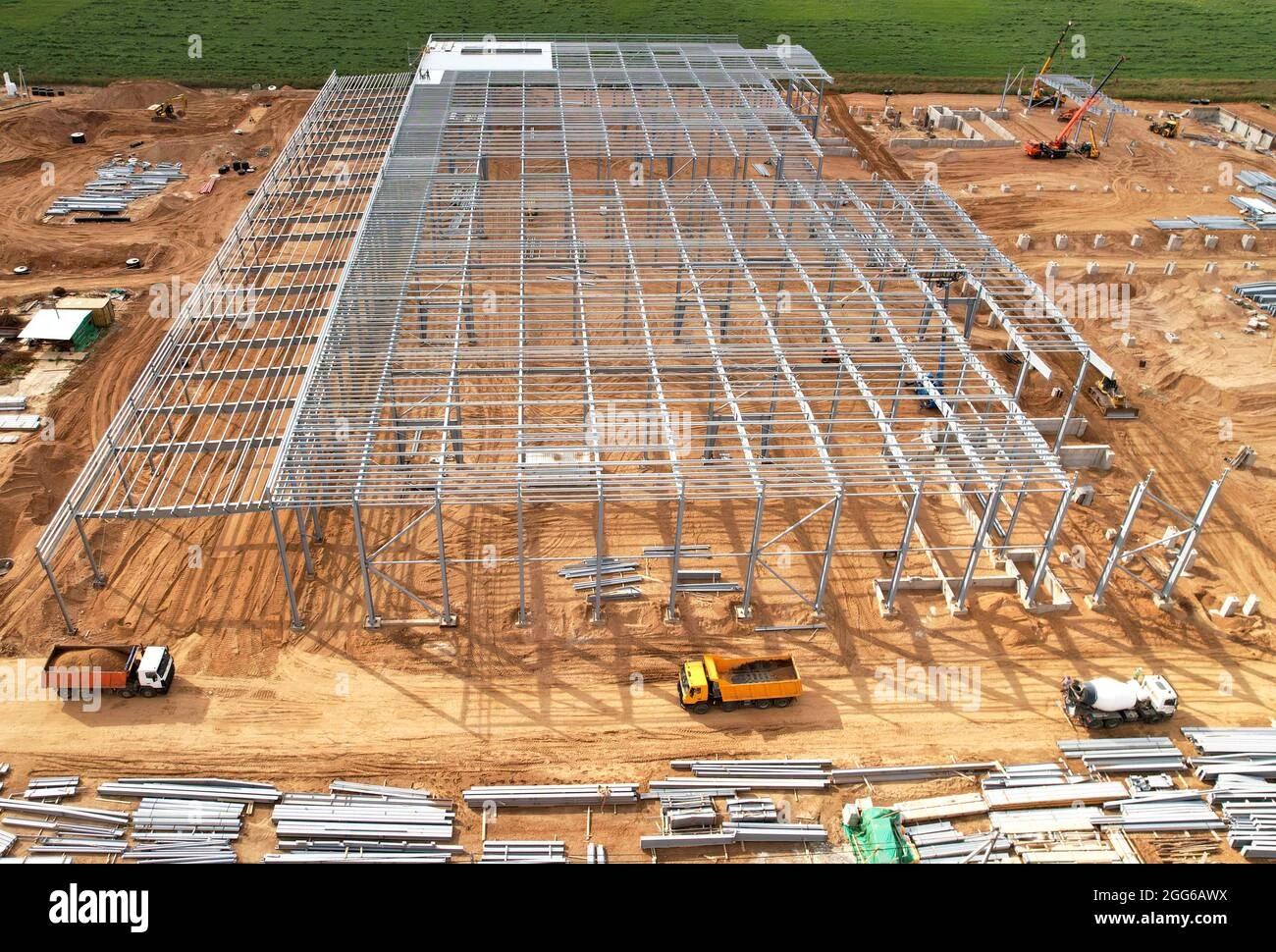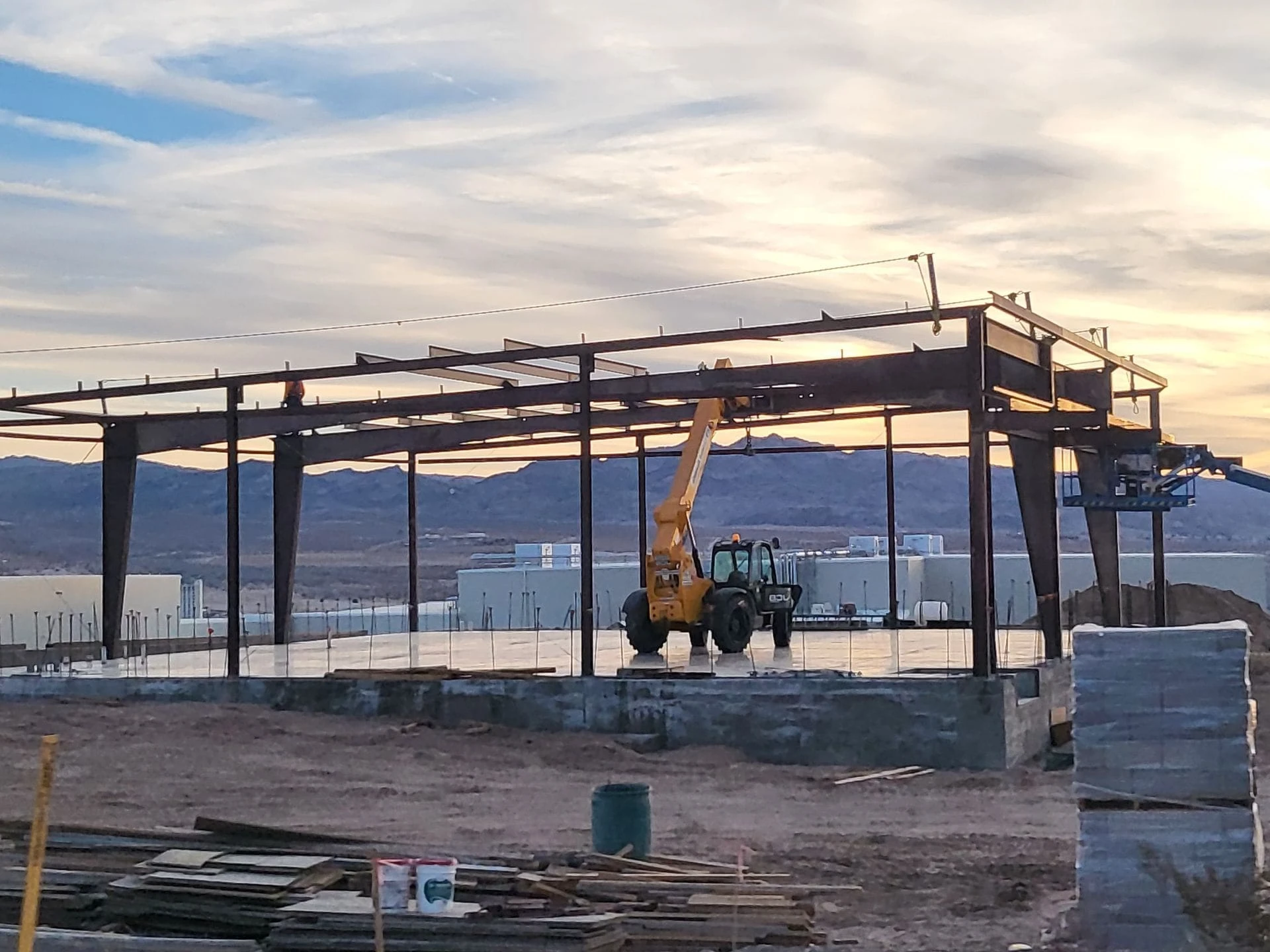- Afrikaans
- Albanian
- Amharic
- Arabic
- Armenian
- Azerbaijani
- Basque
- Belarusian
- Bengali
- Bosnian
- Bulgarian
- Catalan
- Cebuano
- Corsican
- Croatian
- Czech
- Danish
- Dutch
- English
- Esperanto
- Estonian
- Finnish
- French
- Frisian
- Galician
- Georgian
- German
- Greek
- Gujarati
- Haitian Creole
- hausa
- hawaiian
- Hebrew
- Hindi
- Miao
- Hungarian
- Icelandic
- igbo
- Indonesian
- irish
- Italian
- Japanese
- Javanese
- Kannada
- kazakh
- Khmer
- Rwandese
- Korean
- Kurdish
- Kyrgyz
- Lao
- Latin
- Latvian
- Lithuanian
- Luxembourgish
- Macedonian
- Malgashi
- Malay
- Malayalam
- Maltese
- Maori
- Marathi
- Mongolian
- Myanmar
- Nepali
- Norwegian
- Norwegian
- Occitan
- Pashto
- Persian
- Polish
- Portuguese
- Punjabi
- Romanian
- Russian
- Samoan
- Scottish Gaelic
- Serbian
- Sesotho
- Shona
- Sindhi
- Sinhala
- Slovak
- Slovenian
- Somali
- Spanish
- Sundanese
- Swahili
- Swedish
- Tagalog
- Tajik
- Tamil
- Tatar
- Telugu
- Thai
- Turkish
- Turkmen
- Ukrainian
- Urdu
- Uighur
- Uzbek
- Vietnamese
- Welsh
- Bantu
- Yiddish
- Yoruba
- Zulu
ធ្នូ . 29, 2024 18:12 Back to list
The Rise of Light Gauge Steel Buildings An Innovative Approach to Construction
In recent years, light gauge steel buildings have gained popularity as an efficient and sustainable construction method. With their unique properties and benefits, they offer innovative solutions for a variety of applications, ranging from residential homes to commercial structures. This article explores the characteristics, advantages, and future of light gauge steel buildings.
What is Light Gauge Steel?
Light gauge steel refers to steel sections that are typically less than 3.2 millimeters in thickness, which makes them lightweight compared to traditional steel framing. These sections are produced from cold-formed steel, a process that enhances their strength and durability while allowing for versatile applications. Light gauge steel is used primarily in framing and structural applications, making it an ideal choice for modern construction.
Benefits of Light Gauge Steel Buildings
1. Sustainability One of the most significant advantages of light gauge steel is its sustainability. Steel is 100% recyclable, and using it in construction reduces the need for new materials. Moreover, light gauge steel frames can help decrease energy consumption. The material can be engineered to create energy-efficient designs that minimize heating and cooling costs.
2. Cost-Effectiveness While the initial investment in light gauge steel may be higher than traditional wood framing, the long-term savings are noteworthy. The durability of steel reduces maintenance costs over time, and its resistance to pests, mold, and rot translates to fewer repairs. Additionally, the speed of construction with light gauge steel leads to lower labor costs, making it a financially sensible option.
3. Speed of Construction Light gauge steel components are prefabricated in a factory, allowing for precise measurements and reducing waste. This prefabrication ensures that the construction process can be completed quickly and efficiently. Projects can progress faster, leading to shorter timelines for developers and faster occupancy for end-users.
4. Design Flexibility Light gauge steel offers architects and designers incredible versatility. The material can be easily shaped and adapted to different design requirements, enabling creative architectural possibilities. It can support larger spans and unique structures without the need for excessive support, providing greater freedom in design.
5. Strength and Durability Despite being lightweight, light gauge steel is incredibly strong. Its structural integrity allows it to withstand extreme weather conditions and seismic forces, making it a suitable option for regions prone to natural disasters. Unlike wood, steel is non-combustible and does not warp, crack, or shrink, further ensuring longevity.
light gauge steel buildings

Applications of Light Gauge Steel
Light gauge steel has found its applications in a variety of sectors
- Residential Construction Many modern homes use light gauge steel framing due to its energy efficiency and rapid construction time. Prefabricated structures can be assembled on-site quickly, making it an attractive option for home builders.
- Commercial Buildings Retail stores, warehouses, and office buildings frequently employ light gauge steel due to its strength and adaptability. Large demountable buildings often utilize this material, allowing for easy reconfiguration as business needs change.
- Industrial Structures Factories and manufacturing plants benefit from the durability and longevity of light gauge steel. It can support heavy equipment while remaining lightweight and cost-effective.
Future Trends
Looking ahead, the future of light gauge steel buildings seems promising. With increasing awareness of sustainability and energy efficiency, more architects and builders are likely to embrace this material. Advances in technology, such as Building Information Modeling (BIM) and improved manufacturing techniques, will further enhance the capabilities of light gauge steel.
Moreover, as urban areas continue to densify, the demand for innovative building solutions that maximize space will rise. Light gauge steel lends itself to multi-story structures, providing an optimal solution for space-constrained environments.
Conclusion
Light gauge steel buildings represent a forward-thinking approach to construction, combining sustainability, cost-effectiveness, and design versatility. As the construction industry grapples with challenges related to climate change and resource scarcity, the advantages of light gauge steel are likely to drive its adoption. With ongoing advancements in technology and increasing interest in sustainable practices, light gauge steel is poised to play a crucial role in the future of building construction.
-
Navigating the World of Steel Building Services: Who to Choose?
NewsJun.23,2025
-
How Do Steel Frame and Prefab Building Factories Shape Modern Construction?
NewsJun.23,2025
-
How Do Steel and Metal Structures Shape Modern Industrial Spaces?
NewsJun.23,2025
-
How Do Prefab Buildings of Various Sizes Meet Modern Construction Needs?
NewsJun.23,2025
-
How Do Factory Buildings and Metal Structures Redefine Industrial Infrastructure?
NewsJun.23,2025
-
Exploring Key Aspects of Industrial Building Development: What You Need to Know?
NewsJun.23,2025
Products categories
Our Latest News
We have a professional design team and an excellent production and construction team.












